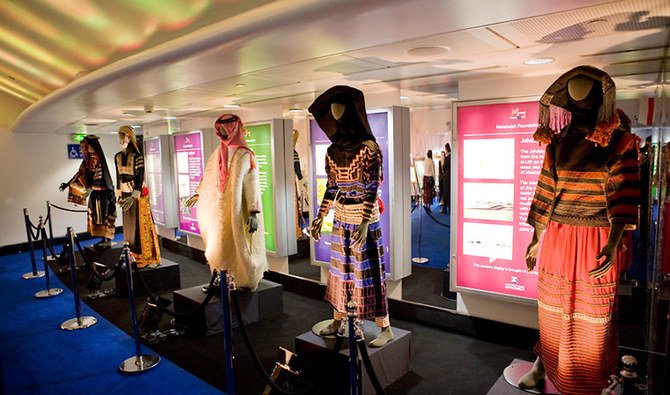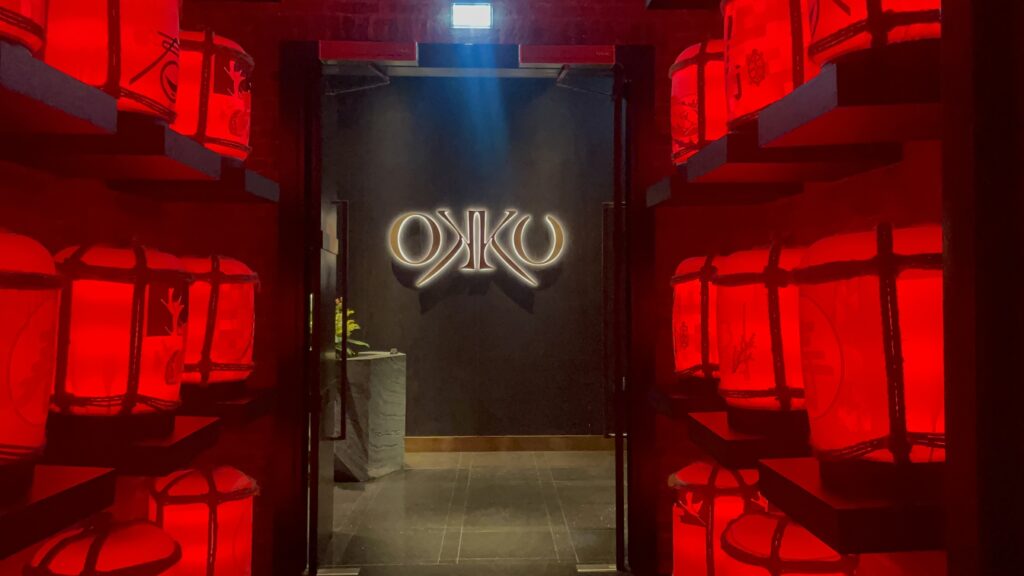JEDDAH: More than 20 years ago, a group of Saudi women began collecting samples of Saudi Arabia’s traditional clothing, and the fruits of their labors is a new book brimming with intricate details.
The long journey of creative research, observation, and documentation in Saudi Arabia’s regions was carried out in collaboration with Mansoojat Foundation to produce an official documentation of Saudi fashion over the ages and allow the new generation to explore it. The 320-page English book, titled “Traditional Costumes of Saudi Arabia,” was published last month.
Arab News spoke to Nadia Alireza, a member of Mansoojat Foundation, about the work.
Alireza found that there was not enough detailed information about the costumes of the different regions of the Kingdom.
“The fashion we choose to wear is one way to identify who we are, the time we live in, our social background and where we are from,” she said.
She said that 20 years ago “most Saudis were looking to the future and not the past. We realized the importance of collecting any information we could about the costumes and who wore them. The gathering of information was not easy.”
Each region in the Kingdom has different tribes, and each tribe has its own style, but only a few of those costumes were well known — the rest were forgotten due to the lack of proper documentation and tribal migration.
“We recognized very early on the importance of photographing, documenting, and preserving the costumes for future generations. We went on field trips and met with local people who knew of these items.”
Collecting the correct information required many trips to all regions of the Kingdom, meeting elders from each tribe to tell them what they have had found.
“This led to gathering more information pertinent to the regions that we had items from. We did this research for all our collections. It has been a very rewarding, educational and fun experience with a long-held ambition to produce a publication that shows the diversity of the costumes in our collection and examines their social, geographical, and cultural context to the world.”The white thobe worn was widely adopted by Saudi males due to the Kingdom’s hot climate and desert nature. Alireza
says, however, that they wanted to show the world “the many colors used in traditional Saudi costuming. Not just the black abaya or white thobe. They used a lot of leather, metal and colored beads, and gold and silver thread for embroideries. In some cases, rubber from old tires to make footwear” — making use of the features found in the surrounding areas.
“A lot of the fabrics were cotton, while some had linings made from flour sacks. They used to and still do recycle their fabrics and embroideries. Some tribes used natural dyes and others used silver and gold thread,” she said.
The book includes traditional costumes of 10 tribes from 10 regions with some historical information on the tribes and their crafts too.
It will serve as a reference volume for Saudi traditional costumes and the heritage textiles of Saudi tribes, from the Labah Sadr of the Bal Harith tribe famous for its silver necklace decorated with colored glass beads to the resplendent jasmine headdresses worn in the Jazan.
Alireza said new generations of Saudi fashion designers are fascinated by the beauty of the country’s traditional clothes and rich fabrics and have found it an inspiration for many of their collections. The Mansoojat Foundation and Mansoojat Heritage LLC were founded by a group of Saudi women who share an interest in the costumes and heritage of what is now Saudi Arabia.





















